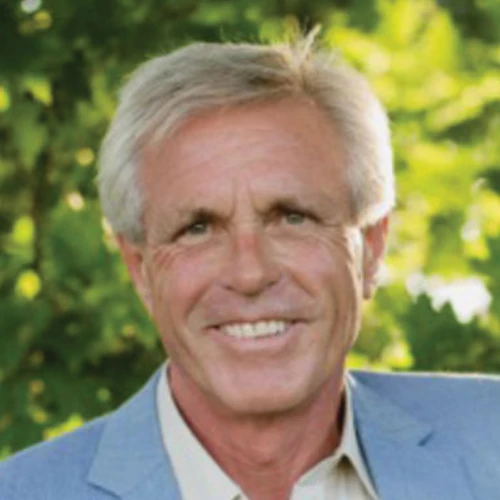The COVID-19 pandemic has brought us viscerally close to our great vulnerability as humans. However, the reality is that we have long been living in an uncertain future. Increasingly, the steady progression of Climate Change has put us on a collision course with the planet on which we live.
At the heart of many of the longer term issues we are facing as humans is the loss of attunement to the world around us. We have increasingly become wrapped up in a lifestyle that leaves us disconnected from our bodies and from the environment in which we live.
This disconnect stems in large part from the fact that we live in a world of parts.
“In the West today, we have too many places in our body that we have forgotten and lost touch with,” says Anatomy Trains author Tom Myers in this free download.
As we lose touch with our body, we lose touch with important features like intuition and our embodied connection to the world around us, notes Tom.
Intuition is very much tied into the degree to which we are connected to our somatic reality, Tom notes. Hunches are a physical process. Intuition is a physical process. It’s a process of tuning into your body and thinking of the body as an antenna.
Tom goes on to explain how his Anatomy Trains model offers a more integrated vision of the body as a wholeness. He also explains how our increasing knowledge of the fascia – the connective tissue of the body – forces us to return to an understanding of the body as one interconnected wholeness.
If you are tuned in to your body, if you are inhabiting all aspects of your body, Tom says, chances are that you will make better decisions.
If we are only inhabiting small pieces of our body, if we’re only paying attention to our hands and our eyes on a computer screen most of the time, we lose access to those kinds of intuitive feelings.
Tom also talks about how traditional anatomy is ill-suited to explain what happens during yoga practice.
“The anatomy that we’ve been working with for the last 400 years is the anatomy of isolation, or the anatomy of parts,” he notes. “When you try to apply that to yoga, it doesn’t translate very well, because when you go into, say, a downward dog, you are not just stretching the hamstrings or the plantar flexors or the fascia over the sacrum. You’re stretching all three.
“How you respond to the pose, how deeply you go into the pose, and where the pose fails is going to depend not just on this structure or that structure, but on the relationship between the structures,” says Tom.
Tom also discusses the Anatomy Trains model in relation to yoga postures. When we start going into any yoga pose, we’re going to first run into the restrictions in the outer Anatomy Trains lines, and then the restrictions in the deeper lines like the deep front line. He talks about how a balanced yoga practice can help increase the amount of resilience in the soft tissues over time.
You may also be interested in Tom’s course: Facilitating Lifelong Mobility: Keys to Keeping the Fascia Youthful and Supple.



